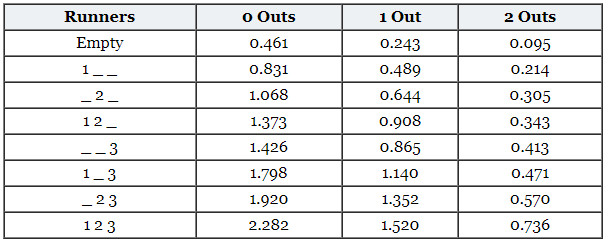
Troy Taormina-USA TODAY Sports
The 2022 New York Mets have fared very well in extra-inning games, posting a 7-1 record in contests that have exceeded nine innings. Extra inning games in Major League Baseball have used the “free” or “ghost” runner for all extra innings since the 2020 season. Let’s take a look at the rule that brought “Manfred’s Man” into the game two seasons ago.
Does the Free Runner rule work?
That depends on the endpoint under consideration. In terms of shortening games, yes, the rule does work. In 2020, no game exceeded 13 innings. In 2021, there was one game that reached 16 innings, that was on August 25 between the Los Angeles Dodgers and San Diego Padres. Looking back at the last season with no free runner, 2019, there were eight games lasting 16 innings or longer.
Another reason cited for continuing the ghost runner rule in 2022 is the reduction in the length of spring training and the risk of injuries from longer games (particularly to pitchers). In 2022, the number of injuries across baseball is down compared to a similar period in 2021, but the number of games lost is up, indicating that injuries may be more significant this season.
When to begin the Free Runner Innings?
This is the question that has been the subject of much debate. In the 2019 season, from Stathead:
- There were 2,430 total games played
- 208 or approximately 9% required extra innings
- 91 of these games ended in ten innings (43%)
- 58 games needed 11 innings (28%)
- 21 games went to 12 innings (10%)
- That leaves roughly 19% of 2019 extra inning games that lasted 13 innings or more.
These numbers would support the popular belief that games should be allowed to be played under conventional rules for at least one or two extra innings. Using the 12th inning as the start of the free inning and the 2019 data above, 71% of extra inning games end in 10 or 11 innings, meaning that the free runner would be needed only 29% (rounded) of the time, or in 60 of 208 games.
Strategic Approach to Extra Innings
The home team has the advantage in extra innings, because they have the last at-bat, right? Just ask the 1986 Mets, who pulled an extra innings miracle in Game Six. Well, the ghost runner rule may have changed that. In 2020, the visiting teams were 41-35 in extra innings, and in 2021, visiting teams were 101-89 in extra frames (courtesy of thegoodphight.com). Why is that?
One reason could be that the presence of the runner on second with no outs (of course) increases the probability and quantity of runs scored. The visiting team can pile up a bunch of runs in the top of the inning, limiting the strategic options for the home team in the bottom of the inning. Here is the run expectancy chart from Fangraphs.

The visiting team, according to the above, is expected to score almost 1.1 runs in the top of an extra inning with the free runner. A big inning for the visitors can limit the options the home team has with its free runner.
An interesting note from the chart is how the home team should approach the bottom of a free runner inning if the visitors do not score. Should they sacrifice the runner to third? Statistically, it’s probably not a good gamble, as the run expectancy of a runner on third with one out is .865, along with the risk of a failed bunt, which would result in a run expectancy of .644 with a runner on second with one out.
The players seem to favor the ghost runner rule, as do the owners as an injury mitigation strategy, It’s getting less and less likely that the traditional extra inning rules will return in full. Perhaps there is a compromise available, such as starting the free runner after an extra inning or two. The 2019 numbers above would support this logic.
The Mets have had some epically long games in their franchise history, They played 25 innings against the Cardinals at Shea Stadium is 1974, 24 innings against the Astros in Houston in 1968, 23 innings at Shea against the Giants in 1964, and more recently, 20 innings against the Marlins at Citi Field in 2013. Games such as these have likely gone the way of the dinosaur.
Baseball’s new rules as part of its ongoing evolution may have brought an end to marathon games. To some, that’s a good thing. To others, it’s another piece of baseball’s charm gone by the wayside.















